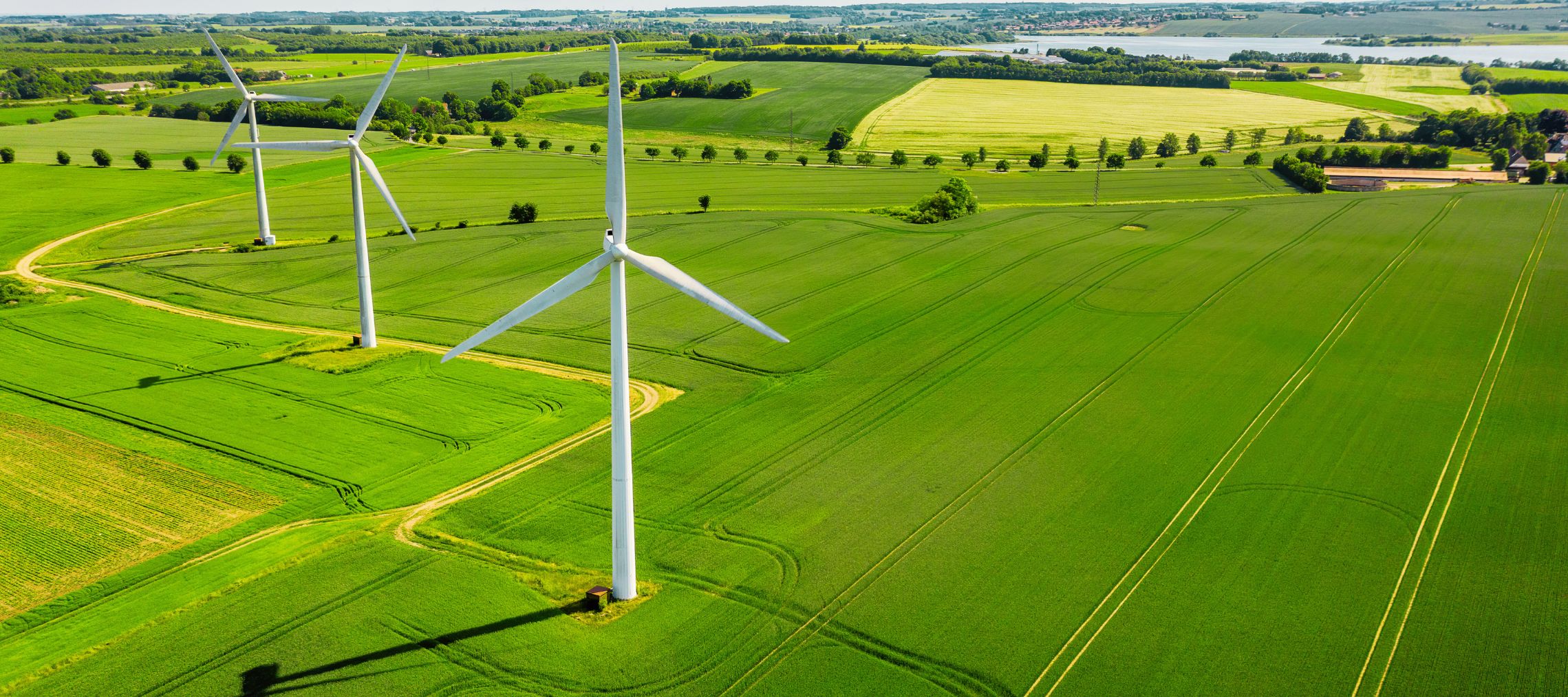India's road transport sector is a significant contributor to both fossil-fuel consumption and air pollution. As India strives for energy independence and aims to achieve net-zero emissions, it becomes crucial for the country to transition towards clean vehicle technologies powered by renewable energy sources. To support this transition effectively, a range of technologies, strategies, and policies are necessary. CSTEP, through its rigorous technical and policy research, develops evidence-based strategies to enable India's green energy transition.


EV perceptions and usage patterns: Lessons from four Indian cities
Electric vehicles (EVs) are a technologically evolving industry that can help reduce fossil-fuel dependency and the associated trade deficit.
EVs can also help the country achieve its net-zero goals and improve the deteriorating urban air quality.
EV transition: An electric vehicle for you, an economic vision for India
In recent years, there has been a lot of buzz around buying an EV. The major reasons cited for an EV transition include savings on fuel expense and reduction of greenhouse gas emissions. Although these are notable reasons, the question persists — can EVs offer something substantial to the nation as a whole in the coming decades?
Breathing in Bengaluru: Building a greener city with eMaaS
Bengaluru is witnessing alarmingly high pollution levels, with particulate matter (PM) levels reaching at least 5 times over the permissible limits by the World Health Organisation (WHO).
Breathing in Bengaluru: Pedalling Towards a Healthier, Happier City
Bengaluru, India’s ‘Garden City’, is facing a growing dilemma. The once green streets now suffer from thick air laden with exhaust fumes and traffic congestion, affecting commuters’ health and testing their patience.
Breathing in Bengaluru: Need for integrated planning
Bengaluru has been ranked as the most congested city in India, as per the TomTom Traffic Index 2023. Severe congestion has led to a loss in productive hours and a frequent disruption of emergency services, in addition to economic impacts. Further, rapid urbanisation in the city leading to urban sprawl has strained the transportation infrastructure and resulted in increased accidents, traffic congestion, and air pollution.
Ahead of Time: Tracing the History of Electric Vehicles
With vehicle electrification picking up pace, the winds of change are sweeping the automotive industry. Electric vehicles (EVs) have become the buzzword in the climate space today, playing an important role in emission reduction and in achieving net-zero targets worldwide. Although EVs may seem to be a new-age technology, they indeed have a long-standing history. Here, we take a closer look at the historical twists and turns that shaped the electric mobility sector.
Breathing in Bengaluru: Silent Killer on Wheels
Public health is a fundamental pillar of society, with inextricable links to a country’s economic growth. For a service-, agriculture-, and manufacturing-driven economy like India with a population of over 140 crore, citizen welfare directly influences labour force participation and productivity.